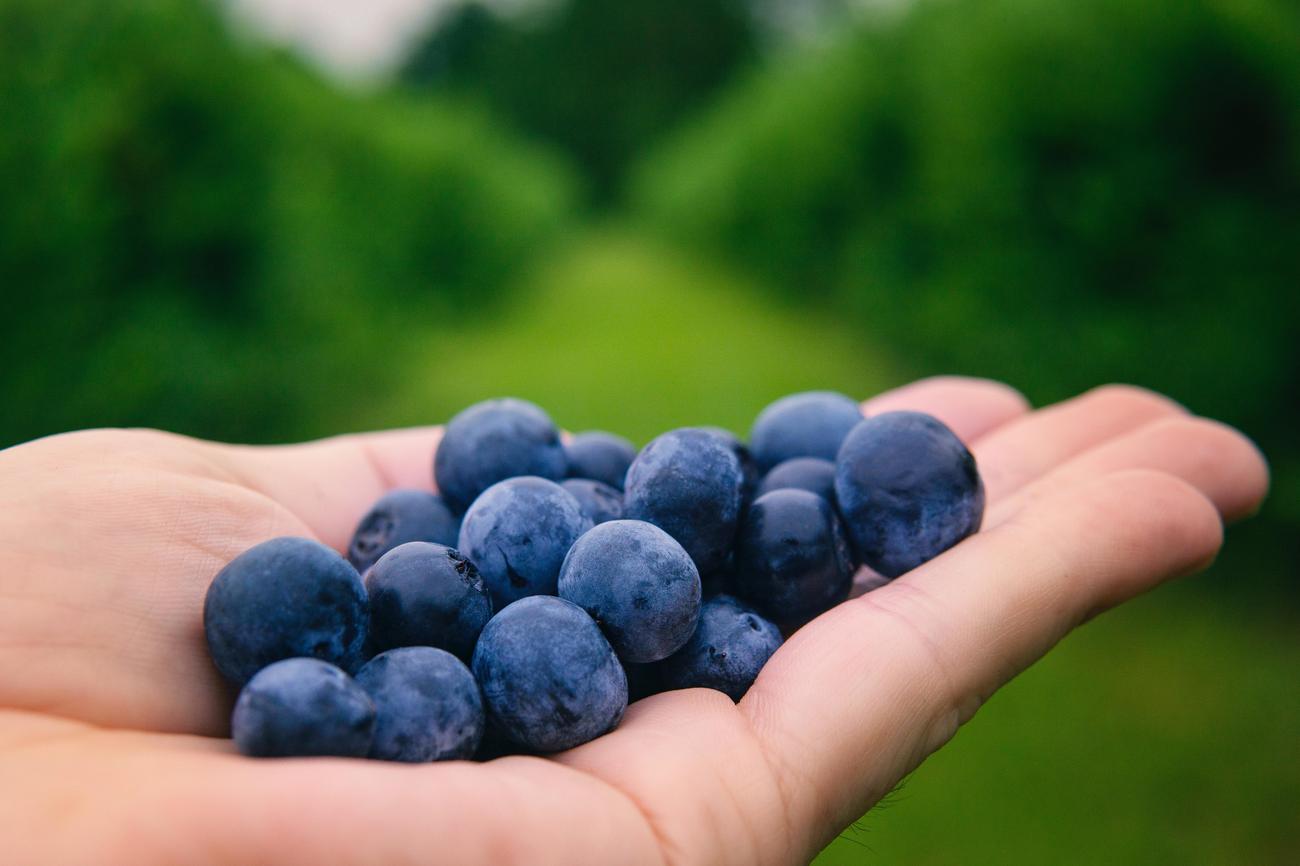Are you ready to embark on a fruity adventure that will unveil fascinating facts about blueberries and strawberries? Brace yourself for a berry bonanza like no other! As a professional nutritionist with a deep understanding of the unique properties and nutritional value of these fruits, I am thrilled to share with you the enchanting world of blueberries and strawberries. Join me as we delve into the extraordinary benefits that nature’s bounty offers, backed by over a decade of experience in functional foods. Prepare to be captivated by the remarkable tales of these powerhouse fruits!

Interesting Facts about Blueberries and Strawberries
Blueberries and strawberries are not only delicious but also packed with incredible health benefits. From their rich antioxidant content to their unique characteristics, these berries have captivated scientists and food enthusiasts alike. In this article, we’ll explore some fascinating facts about blueberries and strawberries that will leave you astonished and craving for more.
Let’s start with blueberries. Did you know that blueberries are ranked at the top position among more than 40 fresh vegetables and fruits in terms of antioxidant health benefits? They are like tiny powerhouses fighting against oxidative stress and promoting overall well-being.
Not only are blueberries good for your health, but they are also visually stunning. They are the only food with a truly naturally blue color, thanks to the pigment anthocyanin. Imagine the beautiful spectrum of hues nature provides in just one tiny berry.
Blueberries have a remarkable history that dates back to pre-colonial periods. Native to North America, these berries have been enjoyed by indigenous peoples for over 13,000 years. They hold a special place in the heart of American history and were even consumed by British Royal Airforce pilots in World War I to improve vision and treat eye degeneration.
While wild blueberries have been around for centuries, it wasn’t until the 1930s that highbush varieties were introduced to Europe. Today, blueberries are widely cultivated in different parts of the world, but British Columbia stands as the world’s largest blueberry growing region, followed by the United States, Chile, and Canada.
Unlike their wild counterparts, commercial blueberries are usually prostrate shrubs that come in various sizes, ranging from just 10 centimeters to an impressive 4 meters in height. These berries flourish in cold climates and acidic soil, and their wild species are even tolerant of drought and fire. They are true survivors.
Let’s shift our attention to strawberries for a moment. Did you know that strawberries are one of the first fruits to ripen in the spring? They are like nature’s sweet wake-up call after a long winter. But here’s a surprising fact: strawberries are not technically berries. They are accessory fruits. Their seeds are on the outside, creating the illusion of seeds, while those little yellow specks on the outside are actually the fruit’s ovaries.
With around 200 seeds on each berry, strawberries also pack a punch in terms of reproduction. While they can reproduce through their seeds, they often spread through runners, allowing them to multiply and cover even more ground. Nature has truly designed them for success.
Apart from its mouthwatering taste, strawberries offer additional benefits. They contain natural salicylates, which have been found to help with headaches. So next time you have a headache, reach for some strawberries instead of a painkiller.
Americans have a passionate love affair with strawberries, consuming an average of [number of strawberries consumed per year] per year. They are irresistible, aren’t they?
In conclusion, blueberries and strawberries are not only delicious and colorful but also offer remarkable health benefits. From their antioxidant properties to their fascinating histories, these berries are worth celebrating. So go ahead, savor the flavors, and relish in the knowledge that these natural wonders are not only tasty treats but also nourishing powerhouses of nature.
“Blueberries and strawberries: Delightful fruits that offer more than meets the eye!”
Blueberries and strawberries are not just delicious fruits, but they are also packed with fascinating nutrition facts and health benefits. Did you know that blueberries are known as “brain berries” because they can improve memory and cognitive function? And, did you know that strawberries are not actually berries, but rather a member of the rose family? If you want to uncover more fun facts about blueberries and strawberries, click here to explore our comprehensive guide.
FAQ
Question 1
What makes blueberries the top-ranked fruit in terms of antioxidant health benefits?
Answer 1
Blueberries contain high levels of antioxidants, particularly anthocyanins, which provide numerous health benefits. These antioxidants help protect against oxidative stress, reduce inflammation, and support cardiovascular health.
Question 2
Why do blueberries have a naturally blue color?
Answer 2
The pigment anthocyanin gives blueberries their unique blue color. It is the only natural blue pigment found in foods, making blueberries truly special among fruits and vegetables.
Question 3
Where are blueberries native to?
Answer 3
Blueberries are native to North America, with a history dating back to pre-colonial periods. They have been enjoyed by indigenous peoples for over 13,000 years.
Question 4
How do strawberries reproduce?
Answer 4
Strawberries can reproduce through their seeds, but they most often reproduce through runners. These runners are long stems that grow from the parent plant and develop into new strawberry plants.
Question 5
What are some health benefits of strawberries?
Answer 5
Strawberries are a rich source of vitamins, minerals, and antioxidants. They can support heart health, improve brain function, boost the immune system, and promote healthy skin. Additionally, the natural salicylates in strawberries may help alleviate headaches.
- Senior at What Age: Benefits & Eligibility Guide - March 29, 2025
- Unlocking Senior Benefits: How Old is a Senior? Your Complete Guide - March 29, 2025
- Master Russian Politeness:A Guide to Saying Please - March 29, 2025
















